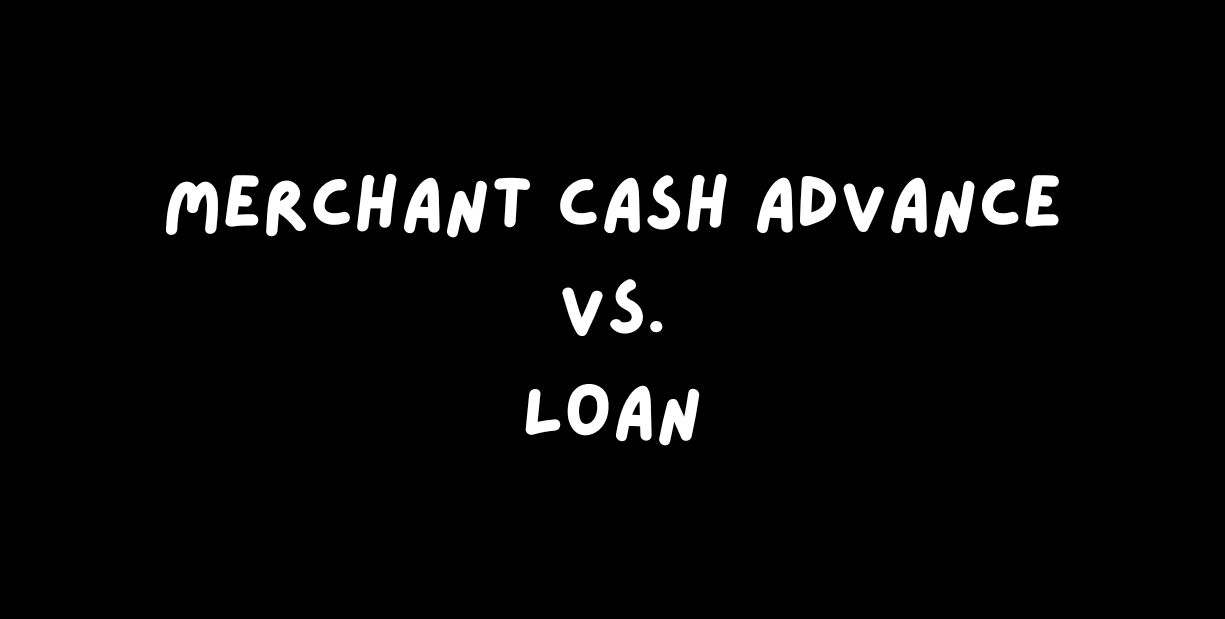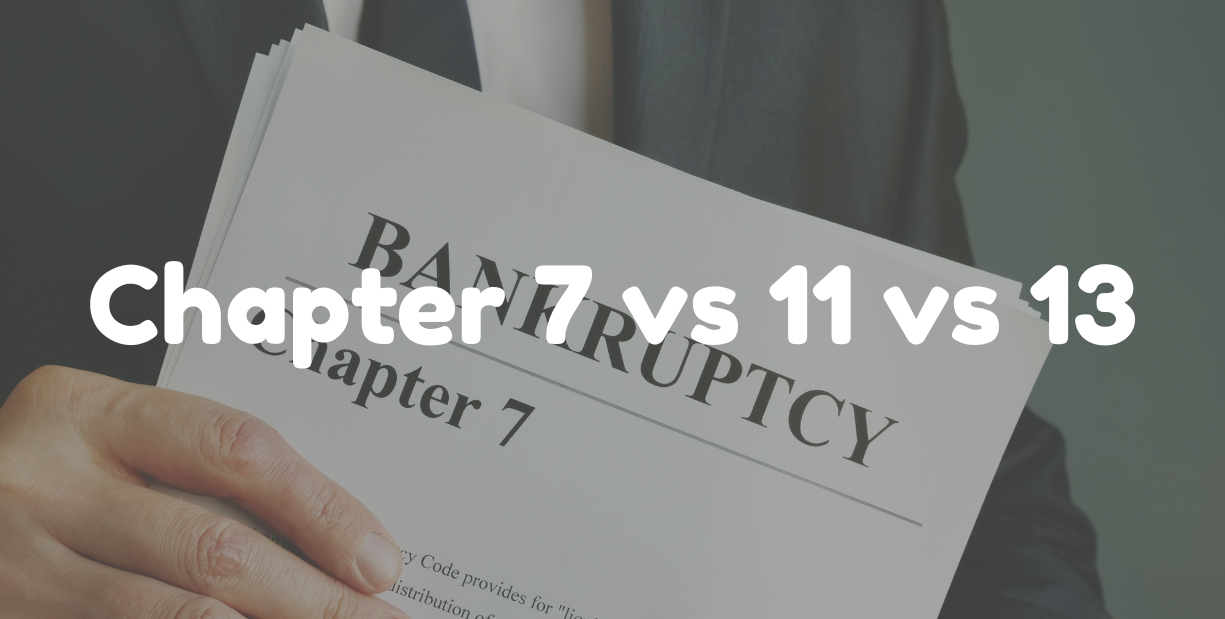Merchant Cash Advance vs Bank Loan: Which Funding Option Is Right for Your Business?
Merchant Cash Advance vs Bank Loan

Every business owner knows: cash is oxygen. Without it, even the healthiest company can suffocate. But traditional loans can take weeks or months to land, and you may not qualify if your credit isn’t pristine. Enter merchant cash advances (MCAs)—quick, flexible, but often more expensive. In this article, we pit MCAs against bank loans in a no-holds-barred comparison. Expect clear examples, practical tips, and even a few metaphors—because financing should never feel like a puzzle you can’t solve.
What Is a Merchant Cash Advance (MCA)?
A merchant cash advance isn’t technically a loan. Instead, it’s an advance on your future sales: you receive a lump sum today in exchange for a percentage of tomorrow’s credit card receipts. Think of it as a small business ATM: you swipe now and repay later, directly from your daily sales. MCAs appeal when speed matters more than interest rates.
How Does an MCA Work?
Imagine your business as a river and cash flow as the continuous current. An MCA dips into that current now—up front—then repays itself drop by drop as sales flow in. After a quick application (often under 24 hours), the provider wires funds. Each day, they take a fixed slice of your credit card transactions until the advance plus fees is fully repaid.Factor Rates vs APR Explained
With MCAs, providers quote a factor rate (e.g., 1.3), not an APR. Multiply your advance by the factor (e.g., $10,000 × 1.3 = $13,000 repayable) to see your total cost. Unlike APR, factor rates don’t account for term length, making apples-to-apples comparisons tricky—so always convert to APR for true cost clarity.Eligibility Criteria for MCAs
MCAs require minimal paperwork: a few months of bank statements, credit card processing history, and proof of business. Approval hinges on consistent card sales, not pristine credit. If you’re a café with steady swipe volume but a B-rating credit score, you still qualify.Common Use Cases for MCAs
MCAs shine for bridging short-term gaps: topping up inventory ahead of seasonal rush, funding emergency repairs, or capitalizing on bulk purchase discounts. They’re the financial band-aid—quick to apply and quick to heal immediate needs.What Is a Traditional Bank Loan?
A bank loan is a contractual debt: you borrow a fixed amount at a stated interest rate, repayable over a set term. Unlike MCAs, bank loans draw on underwriting rigor, requiring solid credit, collateral, and detailed business plans. They reward patience with lower rates—ideal when medium- to long-term financing is needed.
Secured vs Unsecured Bank Loans
Bank loans fall into two camps: secured and unsecured. Secured loans demand collateral—property, equipment, or receivables—lowering risk for lenders and rates for you. Unsecured loans require no collateral but typically carry higher interest.Term Loans
Standard term loans disperse one lump sum with fixed monthly payments. Terms range from one to ten years. Predictability is their hallmark: you know exactly what you owe and when.SBA-Backed Loans
Backed by the Small Business Administration, SBA loans bridge the gap between bank stringency and small business realities. Expect lower down payments, longer terms, and interest rates often below market. But be prepared for detailed applications and longer approval timelines.Eligibility & Documentation Requirements
Banks request thorough documentation: tax returns, balance sheets, cash flow forecasts, and sometimes personal guarantees. Minimum two years in business and credit scores above 650 are common thresholds. It’s a paper-heavy process—but the payoff is lower cost.Typical Use Cases for Bank Loans
When you need funding for equipment purchases, real estate, or long-term expansion, bank loans are the go-to. They’re like planting an oak tree: slow-growing, but offering shade (i.e., low rates) for years to come.Side-by-Side Comparison
Application Process
- MCA: Minimal documents, online application, decision in hours.
- Bank Loan: Comprehensive paperwork, multiple meetings, decision in weeks.
Approval & Funding Speed
- MCAs can fund in 1–3 days. Bank loans often take 30–60 days. Speed vs thoroughness—choose what your timeline demands.
Repayment Structure
- MCA: Daily or weekly remittances tied to sales volume.
- Bank Loan: Fixed monthly payments regardless of revenue.
Cost of Capital
- MCA: Effective APRs often range 30–150%.
- Bank Loan : APRs typically 6–20%, depending on credit, collateral, and lender.
Impact on Cash Flow
MCAs adjust to your sales: slower on lean days, faster when you sell more. Bank loans require full payment each period, rain or shine.Credit Score Implications
MCAs rely on underwriting of sales, not credit. Bank loans require credit checks—late payments can ding your score significantlyPros and Cons of MCAs
- Pros: Ultra-fast funding; flexible repayment tied to sales; minimal credit requirements.
- Cons: High cost; complex fee structures; potential for cash-flow strain if sales dip.
Pros and Cons of Bank Loans
- Pros: Lower interest; predictable payments; potential tax deductibility.
- Cons: Slow approval; stringent eligibility; collateral requirements.
Choosing the Right Option for Your Business
Not all businesses run on the same track—some sprint, some marathon. Evaluate your current runway, growth projections, and tolerance for complexity. Ask yourself: Do I need cash in days or months? Can I handle fixed payments when sales slow?
Assessing Your Cash Flow Needs
Map out your upcoming expenses and revenue seasonality. A cash flow forecast helps you see if daily MCA repayments align with peaks and troughs—or if a steady bank loan fits better.Matching the Funding to Your Growth Plan
For rapid scaling—like stocking inventory for a viral product—MCAs can accelerate your sprint. For sustainable growth—like opening new locations—bank loans provide a stable foundation.Seeking Professional Advice
Talk to your accountant or financial advisor. They can run scenarios—“What if sales dip 20%?”—and help you choose the financing that keeps you solvent, not scrambling.Choosing between a merchant cash advance and a bank loan is like picking the right vehicle: a sports car (MCA) for short, fast bursts, or a sedan (bank loan) for steady, long-distance comfort. Both will get you down the road—but only one aligns with your budget, timeline, and appetite for risk. By understanding costs, workflows, and repayment terms, you can select the option that powers your growth without stalls.











